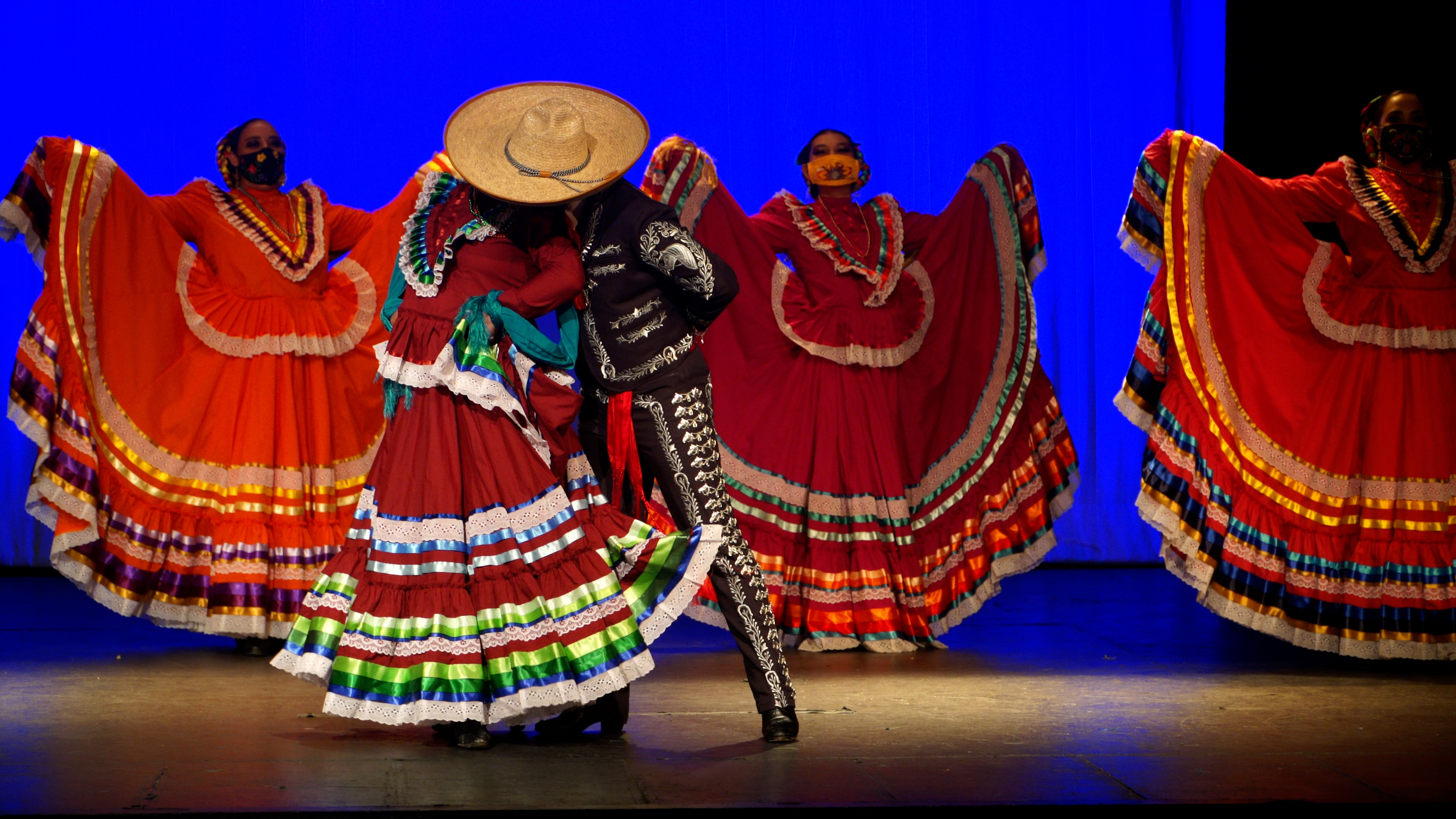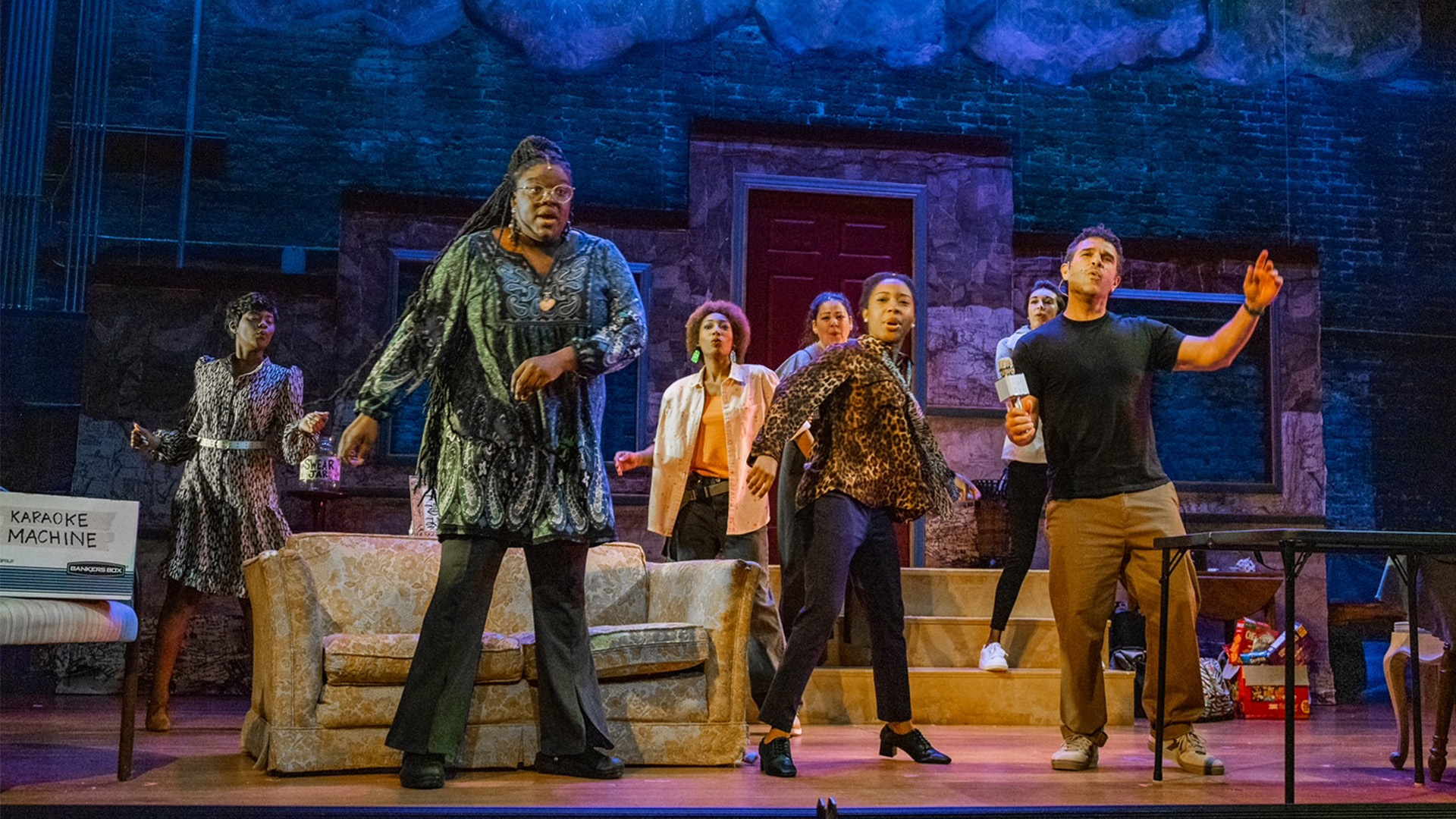#PBSForTheArts: One Station at a Time
PBS connects audiences all over the country to the arts. Whether it’s the Metropolitan Opera on Great Performances, the life and legacy of choreographer Alvin Ailey on American Masters, holiday concerts like the recent “A Capitol Fourth,” or songs for everyday heroes on the American Anthems series, PBS brings the best of arts and culture to viewers like you.
But the arts, as they are experienced every day, come from local communities and arts organizations – and your local PBS station. This month #PBSForTheArts celebrates the resiliency of the arts across America. Ten stations are presenting videos that highlight the continuing impact of the COVID-19 pandemic on the arts in their communities. From Indianapolis to San Antonio, Tallahassee to Nashville, stations are showcasing how artists in their cities are responding, adapting, and innovating, and how they are meeting the needs of their communities during this challenging period.
Created primarily for websites and social media, you can find these stories on your local stations’ websites, Facebook, or YouTube pages, or Instagram, Twitter and TikTok accounts, throughout the month of July. (Some stories will also appear on air in local shows produced by stations over the summer and even into the fall.)
Dance brings communities together. Idaho Public Television takes you behind the scenes of Open Arms Dance Project in Boise as it prepares for its biggest performance ever. This multigenerational dance company includes dancers with disabilities and others who identify as able-bodied, ranging in age from 7 to 76.

Located in the heart of San Antonio’s West Side, the Guadalupe Cultural Arts Center honors the Chicano culture native to the region – sharing unique stories though traditional Mexican Folklórico and Flamenco dance. KLRN tells the story of Guadalupe Dance Company, which embraced the virtual with online company rehearsals and classes during the pandemic. But it also had to face the challenge that only 62% of community members had internet access. In the end, Guadalupe Dance company found that observing social distance was one way to preserve culture.
Faced with the challenges of the pandemic, including loss of revenue, the Tallahassee Ballet decided it wanted to use the moment for a bold initiative to bridge the gap between ballet and audiences of color. The result: a brand new production, “An Invitation to the Party,” which featured not just ballet, but live music from a local jazz orchestra and Baptist gospel choir, as well as R&B, Latin American, and classical music. WFSU Public Media explores the development of this new show, which premiered in the spring of 2022.
While Broadway is open, many communities are still struggling to bring live theater back to their stages. Georgia Public Broadcasting (WLPB) looks at Out of Hand Theater, a group that uses live theater to spark conversations about being Black in America. Equitable Dinners brings together diverse audiences over the dinner table – with potlucks at community centers, houses of worship, and in homes. Like many arts organizations during the pandemic, the group was forced to go online and into Zoom breakout rooms, but they were able to increase participation with over 5000 guests at Equitable Dinners: Atlanta, with 58% white attendees and 42% attendees of color.

Access also increased for the InHEIRitance Project, a theater project that meets with community members to create original theater about their city. WHRO (Norfolk, VA) goes to Seven Cities, the communities of the Hampton Roads region of Virginia, located in the state's extreme southeastern corner. Here, a play created by community members brought voices from across the region together to tell the stories of what connects them, without ignoring the real challenges that often keep them apart.
During the pandemic, through social media and other online technologies, people of all ages were drawn to theater, dance, and music online and in their homes. But there’s no denying that many felt isolated by the pandemic. Louisiana Public Broadcasting of Baton Rouge profiles Emanuel “Boo” Milton, a rap and pop musician who decided to do something about that. He launched Spark Box in 2020, his own line of activity kits for children ages 6 to 8, after seeing how COVID-19 prevented kids from connecting.
Music is at the heart of the Motor City. Typically held in various stages around midtown Detroit, the Concert of Colors is a free annual global music festival that usually draws over 30,000. But in 2020, the concerts had to pivot to virtual. Detroit Public TV (WTVS) stepped up to stream concerts on Facebook and air the Concert of Colors as a broadcast event, keeping the music going. The concert went hybrid in 2021, and the station live streamed music from Ukraine, Guatemala, Japan, Algeria, and Uganda to 200,000 people from around the world. This month Detroit celebrates the 30th year of its Concert of Colors back in midtown Detroit, but it’s extended its reach exponentially.
Black Americans have long influenced country music in the United States. But the country industry and The Grand Ole Opry still forefronts a brand of country music largely performed by white singers for a white audience base. Nashville Public Television (WNPT) tells the story of the Black Opry, musicians who are trying to bring racial equity to country music and help expand representation and perspectives within the industry.
Likewise, Tatjana Rebelle, a non-binary, bi-racial poet, founded VOCAB, an inclusive spoken word and live music event in 2006. WFYI in Indianapolis tells a story of change and finding a different voice during the pandemic. Forced to reconsider their purpose and direction, Rebelle was able to produce original poetry that spoke to the moment.
And finally, PBS SoCal tells the story of Kristin Wong’s “Auntie Sewing Squad,” a group of women who produced free masks during the pandemic. Performance artist and comedian Wong turned that experience into a play that she’s sharing with audiences today, one way in which the pandemic inspired art, artists, audiences, and public television.

The best of PBS, straight to your inbox.
Be the first to know about what to watch, exclusive previews, and updates from PBS.